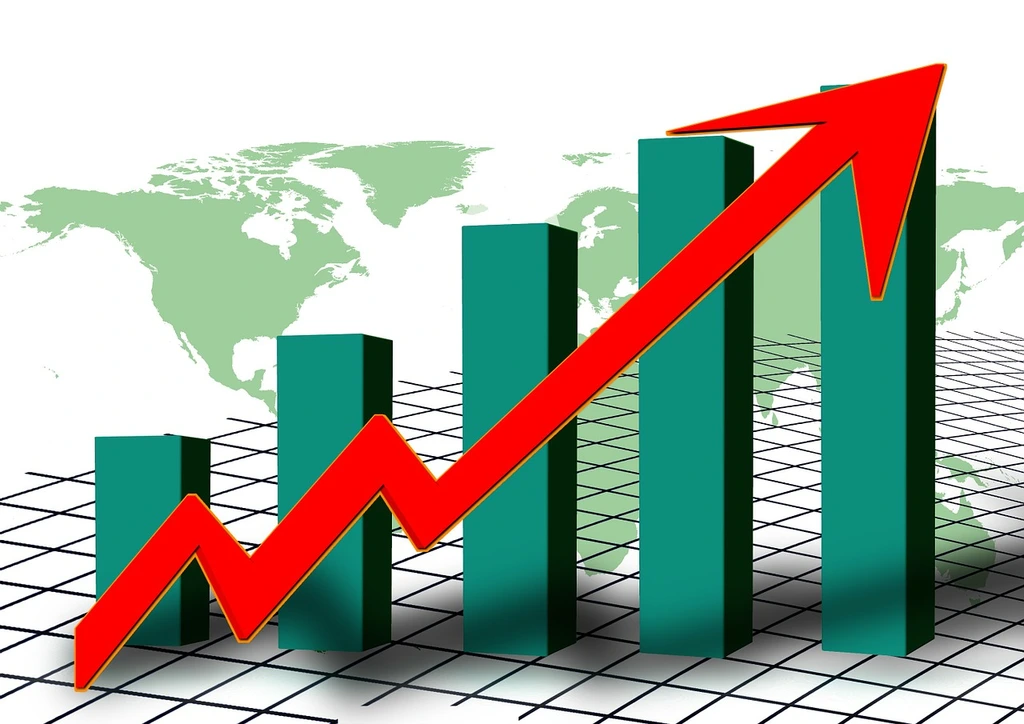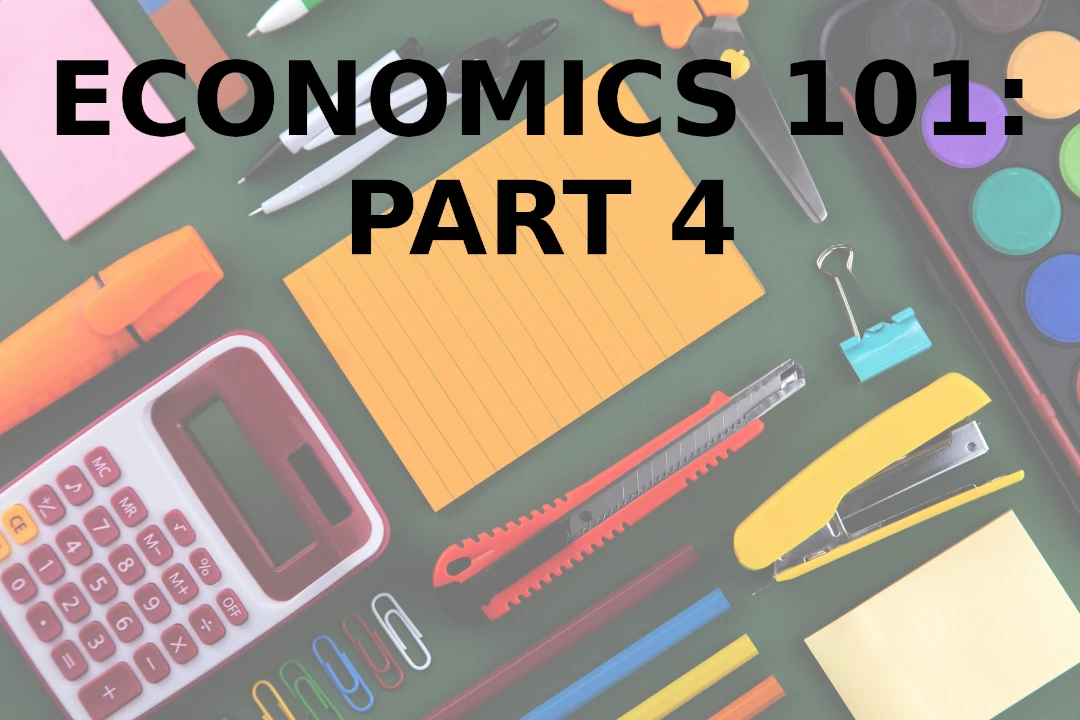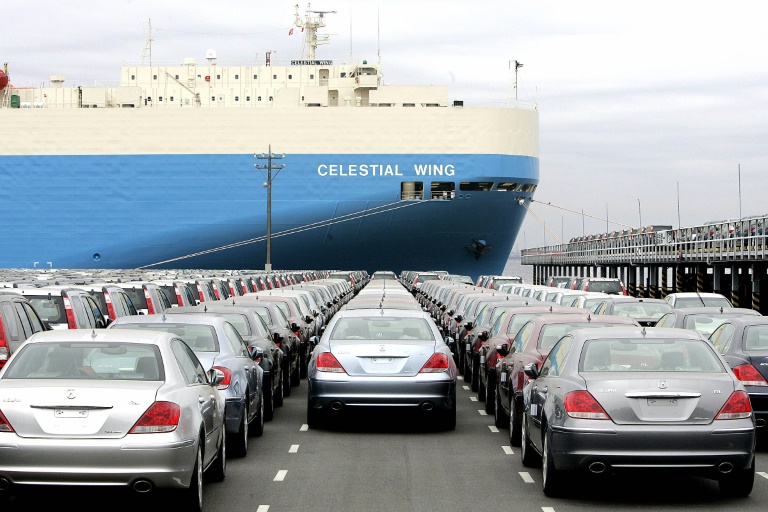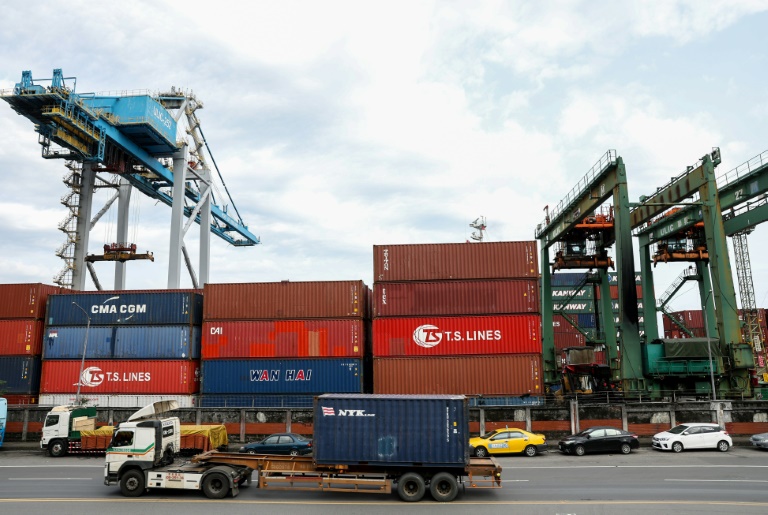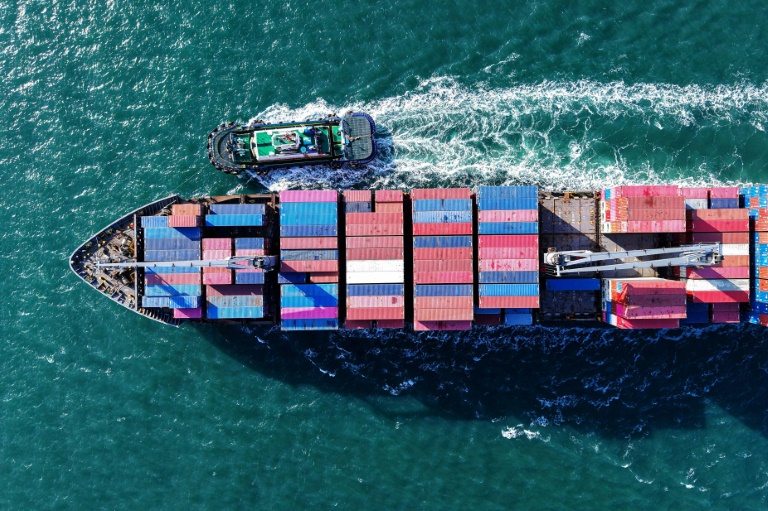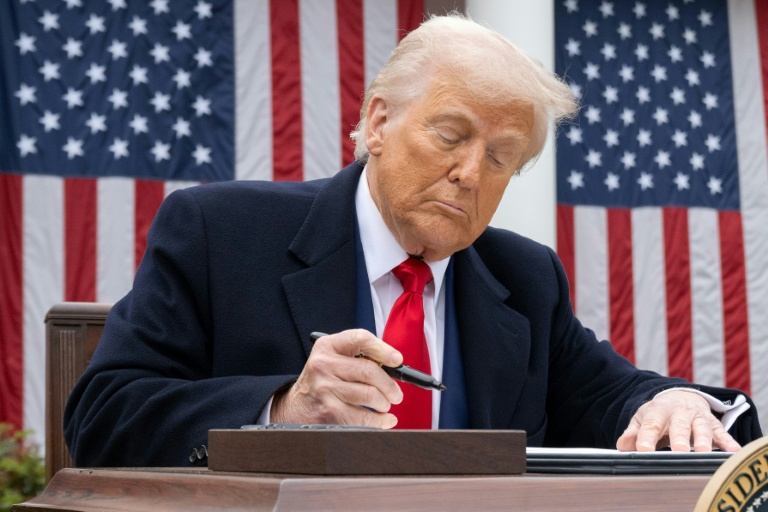Welcome to the Economics 101 series in which we will go over the most basic concept in economics that everyone should understand. The series of articles contains discussions about the following subject:
- Supply and Demand
- Opportunity Cost
- Scarcity
- Cost-Benefit Analysis
- Incentives
- Elasticity
- Market Structures
- Gross Domestic Product (GDP)
- Inflation and Deflation
- Fiscal and Monetary Policy
This is part three in which we will discuss the concept of scarcity.
The Science of Scarcity
In the world of economics, scarcity is a fundamental concept that drives decision-making and shapes the way resources are allocated. At its core, scarcity refers to the imbalance between the limited availability of resources and the unlimited wants and needs of individuals and society as a whole.
It is the condition that necessitates choice and forces individuals, businesses, and governments to prioritize their use of resources. Understanding scarcity is essential to comprehend how economies function and how they address the issue of allocation.
The Problem of Choice
Scarcity gives rise to the problem of choice. Since resources are limited, individuals and societies are forced to make decisions about how to best allocate those resources to fulfill their needs and wants. This means making trade-offs and considering opportunity costs.
Opportunity cost is the value of the next best alternative that must be given up when making a choice. It represents the benefits that could have been gained from choosing the next best alternative, which are forgone due to the scarcity of resources.
Market Forces and Scarcity
In a market economy, scarcity is intrinsically linked to supply and demand. When resources are scarce, their value tends to increase, leading to higher prices. This creates an incentive for producers to allocate resources more efficiently and for consumers to make choices based on their needs and preferences.
The interaction of supply and demand in the market determines the price and quantity of goods and services. Scarcity plays a pivotal role in influencing market forces, as it affects both supply and demand factors.
Effects on Production and Consumption
Scarcity also has profound effects on production and consumption. When resources are scarce, producers must make choices about which goods and services to produce, as well as how to produce them most efficiently.
Factors of production, such as labor, capital, and natural resources, must be allocated in a way that maximizes their productivity and minimizes waste. This involves making decisions about what goods and services are most valuable and how resources can be utilized most effectively.
On the other hand, consumers must make choices about which goods and services to consume based on their preferences and available resources. Scarcity forces individuals to prioritize their wants and make decisions that maximize their satisfaction given the limitations of resources.
Solutions to Scarcity
While scarcity is an enduring economic challenge, there are various approaches to address it. One approach is technological innovation and advancements that increase resource efficiency and productivity.
Investments in research and development, as well as improvements in production techniques, can help stretch limited resources and mitigate the impact of scarcity. Additionally, governments can implement policies to promote equitable distribution of resources and ensure that basic needs are met.
The Power of Scarcity
Scarcity is a powerful force that drives economic decision-making and shapes the world we live in. The recognition of limited resources and the trade-offs involved in their allocation are at the heart of economic thinking.
Understanding scarcity helps us appreciate the value of resources, encourages innovation, and motivates individuals and societies to find creative solutions to address economic challenges. It is through grappling with scarcity that we can build more efficient and sustainable economies for the future.


